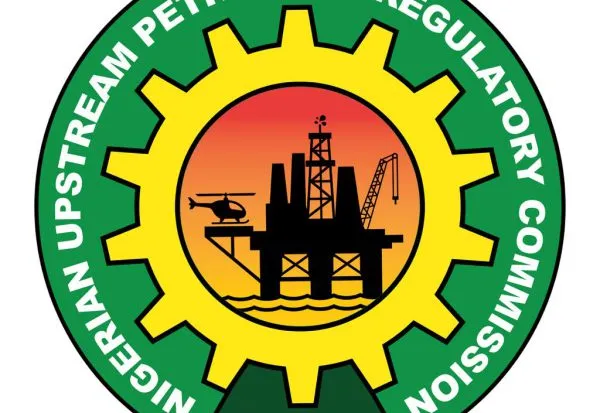The Nigerian Upstream Petroleum Regulatory Commission (NUPRC) has said from January till date, it collected a total of $85.1 million as penalty for gas flare.
It said while efforts are towards flare elimination and not penalty, the flare penalty is not a flat rate of $2 per thousand Standard cubic feet (Scf) but a two-tier regime of $2 and $0.5 per thousand Scf, depending on the average daily crude oil
production.The Commission made the disclosure in a document obtained by Hobnob News.
According to NUPRC, the overall aim of the flare gas administration was not to be viewed as a sustainable revenue stream but as a deterrent,” to drive the industry to greater compliance towards eliminating gas flaring and generation of revenue from gas monetisation rather than flare payment.”
In view of this, the Commission said it has led the effort in ensuring that the Federal Government’s drive to eliminate gas flaring in the country is achieved in a timely manner.
All companies currently flaring gas are charged gas flare fees in line with the relevant provisions of the law, thus driving down the appetite of oil and gas companies to continue gas flaring, while increasing Government take from the sector.
“For the avoidance of doubt, the Commission, being the sole regulatory body in Nigeria’s upstream oil and gas industry, keeps record of daily, weekly and monthly gas.”
While clarifying various disparities in gas flare data measurements, it said organizations use different technologies and systems to measure flares according to their mandates and capacities.
“These include the Gas Flare Tracker system (GFT), Fiscal Grade Metre (FGM), Gas to Oil (GOR), and Material Balance which is used to measure what goes to flare,” it said.However, the Commission said not all of these can be used to measure actual gas flares for the purpose of accounting and fines.
It said while the Gas Flare Tracker is used by some to monitor emissions in remote areas, or for geo-locating of flare sites, it has its own limitations such as cloud covering and atmospheric interference.
“Its accuracy range is to the tune of thousands. Even bushfires and other terrestrial fires are misconstrued by the satellite as gas flares (except where such sites are confirmed by ground truthing), thus making the result inaccurate and unreliable.
“It is important to note that the flare payments or any taxes thereof cannot rely on uncertain estimates since it is a matter of huge financial commitment.”
On the other hand, it said the flare gas metres are used in the oil and gas facilities to measure gas flow adding that where these metres are not installed, other methods such as the use of Gas to Oil Ratio (GOR) and material balance are used in determining what goes to flare.
“These metres are duly calibrated to meet the stringent requirement of uncertainty/accuracy set by the Nigerian Upstream Regulatory Commission (NUPRC),” it added.
The Commission further noted that the disparity often noticed in the figures given by some industry participants is because theirs are from satellite estimates whereas the ones from the Commission, “are from fiscal grade metering systems and in a few cases material balance, with due consideration for gas oil ratios of the produced and associated gas.”
To this end, it said as the sole regulatory body in the upstream oil and gas industry, the Commission is readily available to provide accurate and bankable data required for any publication and economic analysis.
It said: “When it comes to matters like this, the NUPRC is the custodian of authentic data. Putting out erroneous data from sources which might be construed to have genuine data or from erroneous data sources can mislead stakeholders and undermine the mandate of the Commission in the dispensation of its functions.”

